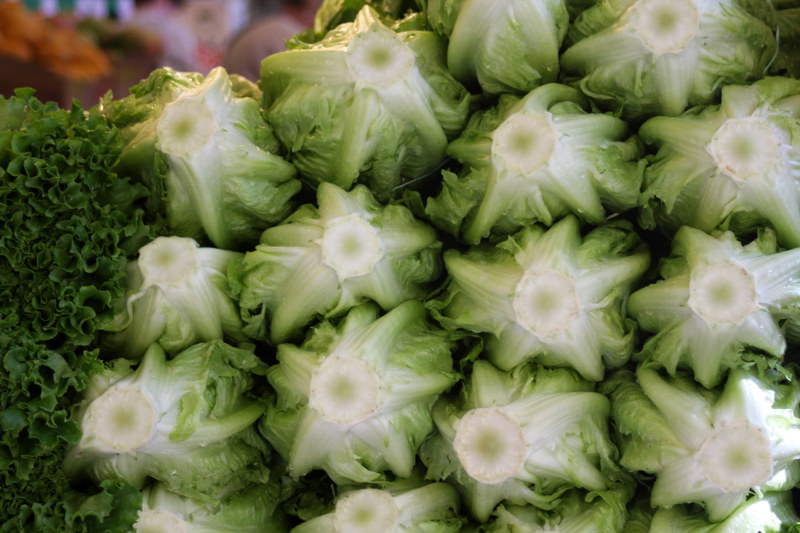The story behind Granville Island is one of industrial development, ecological decline, and eventual rejuvenation. The island was originally not an island but rather a sandbar in the middle of a much larger False Creek. And in 1915, in a city devoid of usable and cheap land, this muddy little sandbar looked rather appealing to land developers. So, they dredged False Creek and used the dirt to make the Granville sandbar an island.
The first tenants weren’t homeowners or merchants or the artists that you find nowadays. But rather, the first tenants were mining, forestry, shipping and construction factories. And, with the arrival of World War II, the industrial output of the island because essential to the war effort… so essential that fears of an attack on Vancouver were very prevalent. Because of the island’s factories, by the 1950s, the land was a rusty, dirty, oily, toxic, ecological nightmare. Fires were as frequent as squatters and what happened next is crucial to the future of the island.
Because the island had deteriorated to such a terrible state, there was talk of burying it and the surrounding water with dirt and making it land-locked industrial land. But the cost to do this was so prohibitive that the city voted for the cheaper option of converting the island into a people-friendly market.
The plan was obviously a success and these days Granville Island is frequently packed with people visiting artistic shops and the Granville Public Market. Also, no longer is the surrounding water a filthy cesspool of pollution. Nature has regenerated itself and become a thriving ecosystem.
Getting to Granville Island is fairly easy. You can drive there… but parking is limited. What’s encouraged is arriving by bike or by ferry. Our favourite means of transport to the island was the Aquabus “Rainbow Ferry.” And, for the longest time, we made a point to visit every weekend because there always seemed to be an event, parade or show happening.
